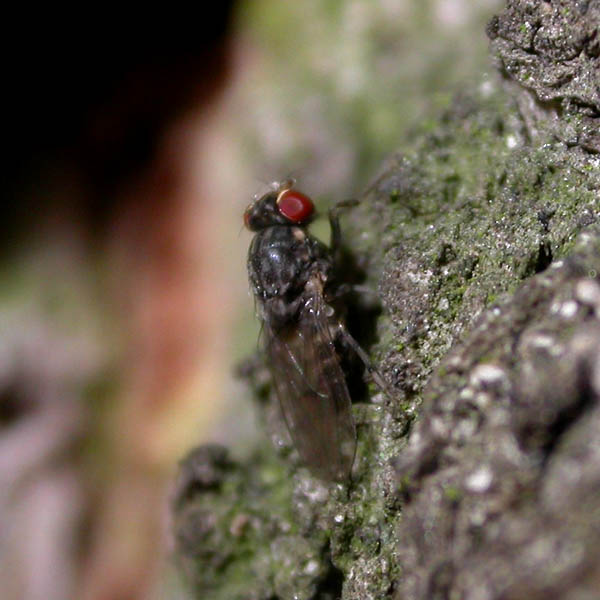Diptera.info :: Identification queries :: Diptera (adults)
|
Phortica cf variegata, Drosophilidae, Hungary
|
|
| Xespok |
Posted on 06-10-2006 22:37
|
|
Member Location: Debrecen, Hungary Posts: 5551 Joined: 02.03.05 |
I have no idea for this, and I hope this fly turns out to represent a new family for me.
Xespok attached the following image:  [82.42Kb] Edited by Xespok on 20-08-2007 19:38 |
| Tony Irwin |
Posted on 07-10-2006 00:33
|
|
Member Location: Norwich, England Posts: 7327 Joined: 19.11.04 |
Periscelidae jumped into my mind whenI first saw this. If not that, then perhaps Phortica (Drosophilidae)? (But now I'm struggling!  ) )
Tony ---------- Tony Irwin |
|
|
|
| Paul Beuk |
Posted on 08-10-2006 09:04
|
|
Super Administrator Location: Netherlands Posts: 19403 Joined: 11.05.04 |
It would help to have the size. Roughly: < 3 mm: Periscelididae; > 3 mm: Phortica would be an option. Based on the legs I would rather discount Periscelididae.
Paul - - - - Paul Beuk on https://diptera.info |
| Xespok |
Posted on 09-10-2006 17:01
|
|
Member Location: Debrecen, Hungary Posts: 5551 Joined: 02.03.05 |
Guess what, around 3 mm. It was a small fly. Too small compared to the Phortica sp photographed by me in Japan last year, which was a large Drosophilid. Also this fly did not try to land in my eyes and ears like the Japanese species, which was kind of superannoying. But the Phortica image from Japan indeed looks quite similar to the one in this thread, note the pale ring around the eye and the pale spots on the side of the thorax. What would be the major difference between the two families? |
| Tony Irwin |
Posted on 09-10-2006 20:26
|
|
Member Location: Norwich, England Posts: 7327 Joined: 19.11.04 |
The difference is primarily on wing venation and head bristles. Drosophilids have the costa broken twice, while periscelids have an unbroken costa. Drosophilids have convergent postverticals, while periscelids have divergent postverticals. Although it's not entirely clear, it looks like your fly has a twice-broken costa, so I withdraw the periscellid suggestion and will back Phortica. The two Hungarian species are very similar - I wouldn't like to call between them on the basis of this shot... Well, variegata if I had to choose one! Tony ---------- Tony Irwin |
|
|
|
| Jan Willem |
Posted on 17-08-2007 18:42
|
|
Member Location: Waalwijk, The Netherlands Posts: 2161 Joined: 24.07.04 |
Since I was searching for more information on the genus Phortica I contacted Dr. Jan Maca and also asked him to look at the pictures of the Phortica specimens on www.diptera.info. His comment on this specimen was: Dr. Jan Maca wrote: Probably P. variegata but difficult to see in this picture. Jan Willem |
|
|
|
| Jump to Forum: |













